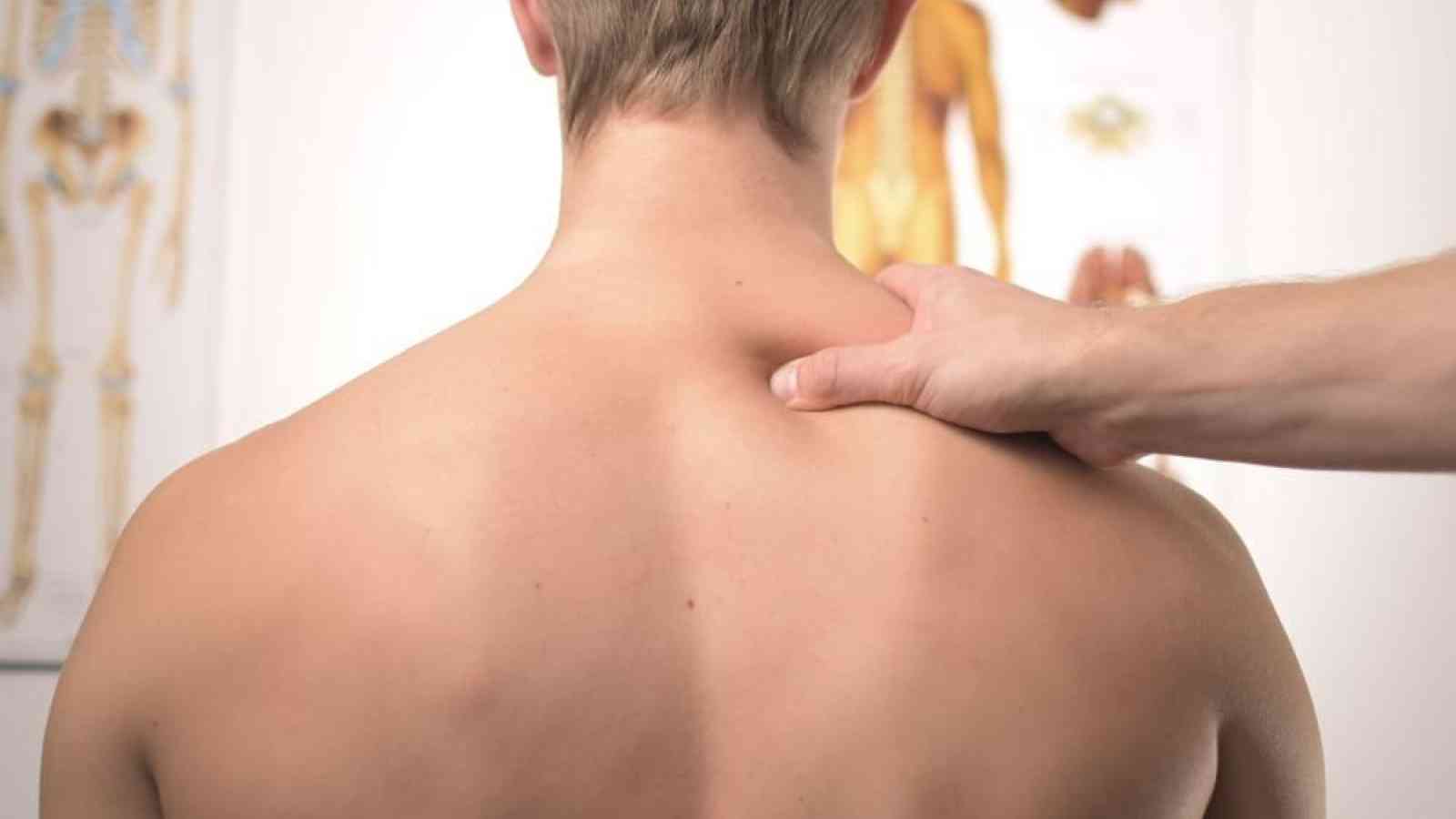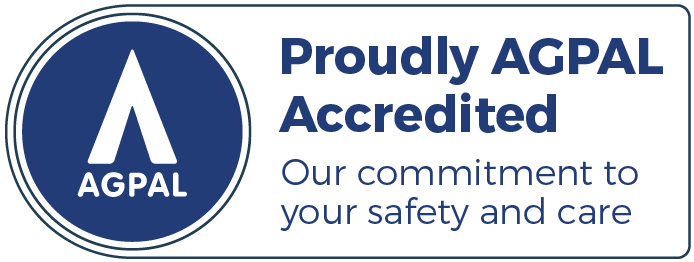
Chronic Pain
A helpful guide to understand chronic pain.
UNDERSTANDING CHRONIC MUSCULOSKELETAL PAIN
Chronic musculoskeletal pain (CMP) refers to ongoing pain felt in the bones, joints and tissues of the body (spinal pain, osteoarthritis, fibromyalgia, etc.) that persists longer than three months. CMP is the major cause of pain and disability in Western society, affecting up to 20% of adults. Pain science research has provided clear evidence that with CMP, secondary factors or the consequences of persisting pain (fear and anxiety, mood, inactivity, unhelpful thoughts and beliefs, stress, etc.), drive pain and disability more than tissue related factors (joint and nerve injury,
etc.). In addition, changes in the brain and nervous system cause a shift to increased protection against potential harm. The body becomes very effective at producing pain the longer pain persists! With the shift to increased protection against potential harm, it’s common for activities to become more painful and pain to spread to previously non-painful areas. However, it’s important and reassuring to understand that the increase in symptoms that can occur, the longer pain persists reflects a perceived need to protect, as opposed to further injury/damage. Pain doesn’t equal injury!
GETTING ON TOP OF CHRONIC MUSCULOSKELETAL PAIN
As discussed above, pain and disability with CMP is caused primarily by secondary factors as opposed to tissue injury. The first step towards reducing your pain is to understand and make sense of your pain. This reduces anxiety and threat and is the foundation for making positive changes to your daily life that can reduce pain (see further information). Therapists that understand and can explain pain can be very helpful. Exercise is the most commonly used treatment for CMP, and while it can be very helpful in restoring confidence, movement and function, it can also help with restoring normal brain and nervous system pain processing (see exercise tips). In most people with CMP, even a single bout of exercise can provide short term pain relief dependent on exercise intensity and modality. Other strategies that can be helpful for CMP include mindfulness, relaxation, imagery, positive self-talk, stress relief and dietary modification. When the stress imposed by chronic pain is beyond your ability to cope, consultations with a clinical psychologist specialising in chronic pain management can be beneficial. In some instances, a combined treatment approach involving a number of health professionals (GP, psychologist, pain specialist, exercise physiologist, physiotherapist, etc.) will be the best way forward. It is worth remembering that there are no quick fixes! The impacts of chronic pain on the body’s systems take time to resolve, but with knowledge, application and persistence, pain rehabilitation is within reach for people with CMP.
EXERCISE TIPS FOR CMP
• Choose exercise you enjoy. Weights, yoga, walking, swimming, etc. are all okay
• Consider some aerobic exercise in your program (e.g. walking, swimming)
• Some discomfort with exercise is acceptable and normal with activity
• Modify exercise that causes pain to continually increase
• Start slowly and be consistent across days. Pace it, don’t race it!
• Don’t do more on good days and less on bad days
• Increase exercise volume before intensity
• Flare-ups reflect a protective strategy and not a
sign of damage. Reduce your activity levels, avoid
excessive rest and continue with manageable activity
Prepared by Dr John Booth
Exercise is Medicine Australia www.exerciseismedicine.org.au
Exercise Right www.exerciseright.com.au
Find an Accredited Exercise Physiologist www.essa.org.au
Find a Physiotherapist www.choose.physio
Chronic Pain Australia www.chronicpainaustralia.org.au


